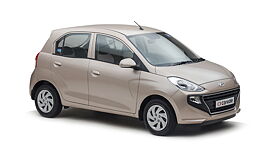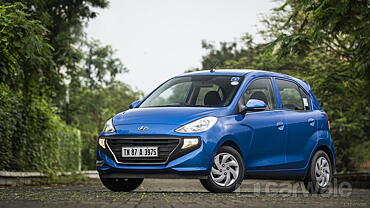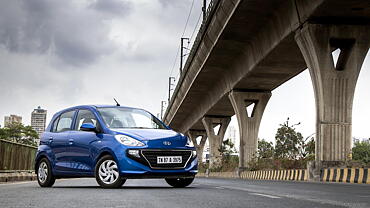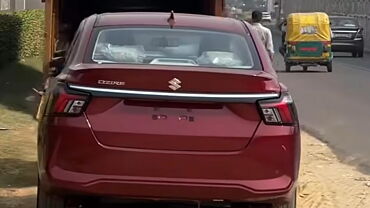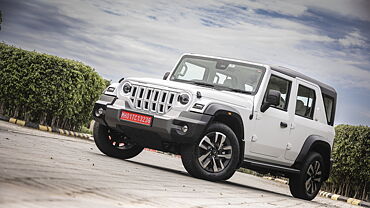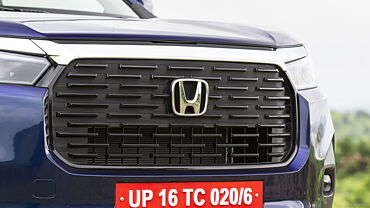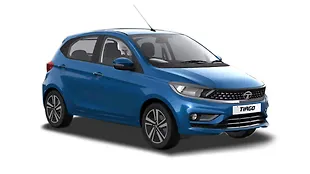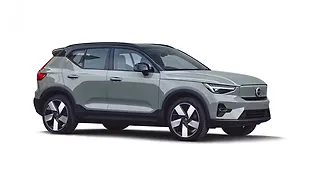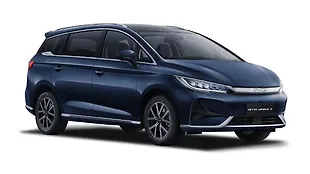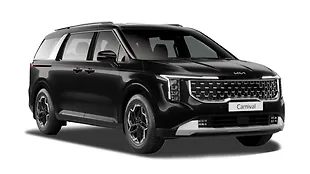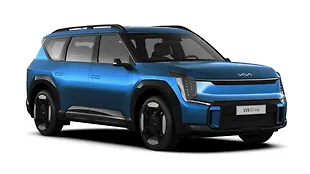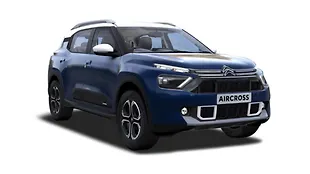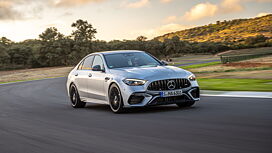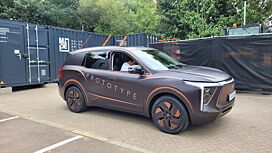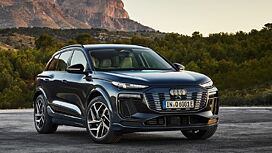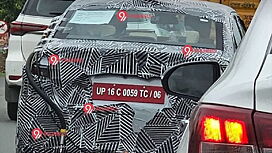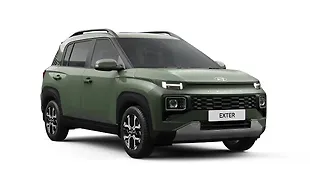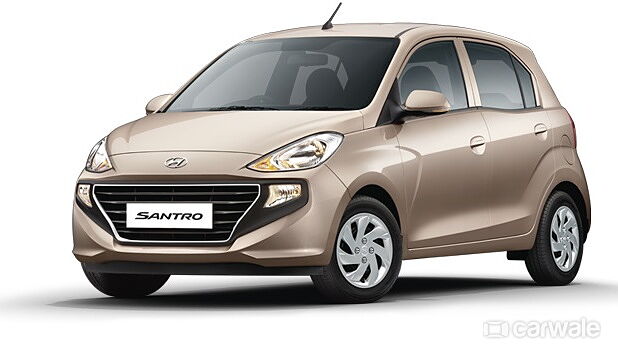
After so much anticipation, spy shots and official brief preview, the Hyundai Santro has been launched in India at Rs 3.89 lakhs (all-India ex-showroom). There are nine variants, petrol power as well as a two pedal setup for those who want real ease of driving in the tight city conditions. It’s expected to be Hyundai’s entry-level model in the long run and takes on the likes of the Tata Tiago, Maruti Suzuki Wagon R, Datsun Go Plus and the Maruti Suzuki Celerio.
What’s good about it?
Well, this is a small Hyundai car with an iconic name plate and that’s a good combination if any. The features list looks pretty decent and while some may rue the lack of a diesel motor, it is not a big issue as majority of car buyers in this part of the market prefer petrol power. However, if you are willing to sacrifice some power in favour of lower running costs, Hyundai also offers the Santro with a factory fitted CNG kit.
What’s not so good?
Its looks are polarising thanks to that wide gaping grille and the little kink in the rear window line, but then again looks are quite subjective and this would vary from buyer to buyer. Our brief test drive at the track has also told us that the new car is not as peppy, at the low end, as the older model.
Best variant to buy?
Asta MT or Magna AMT
Specifications
1086cc four-cylinder
Petrol- 68bhp/101Nm, Five-speed manual/AMT
CNG-58bhp/101Nm, Five-speed manual
20.3kmpl Petrol MT/AMT
30.5km per kg CNG MT
Did you know?
The Hyundai Santro was exported from India and sold with the Atos moniker in various markets using the Dodge and Inkom badges. The arrival of this new generation Santro will see the revival of the Atos badge and the export of cars from India once again.

